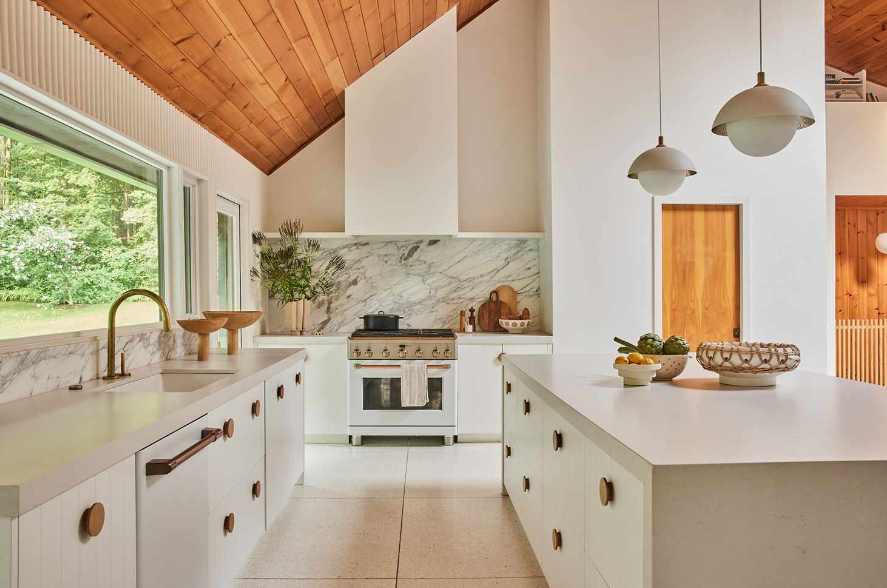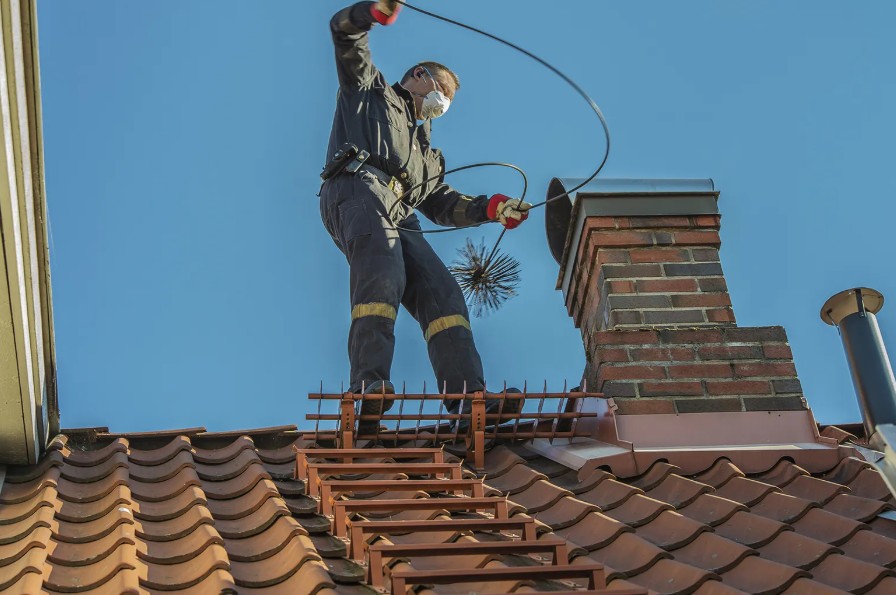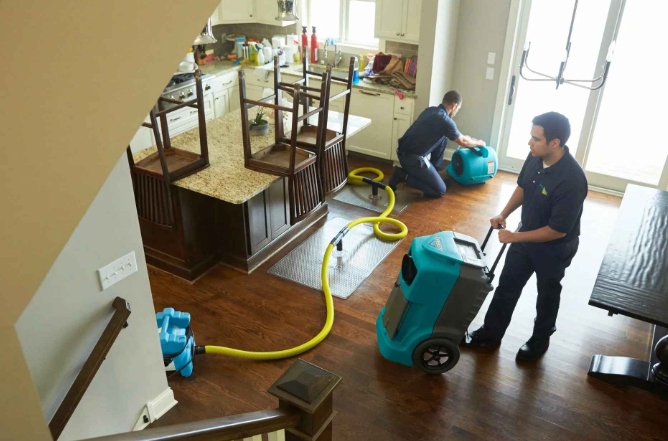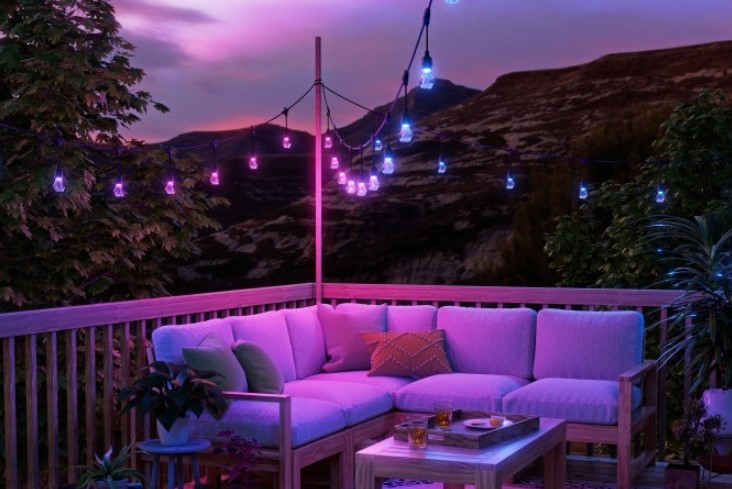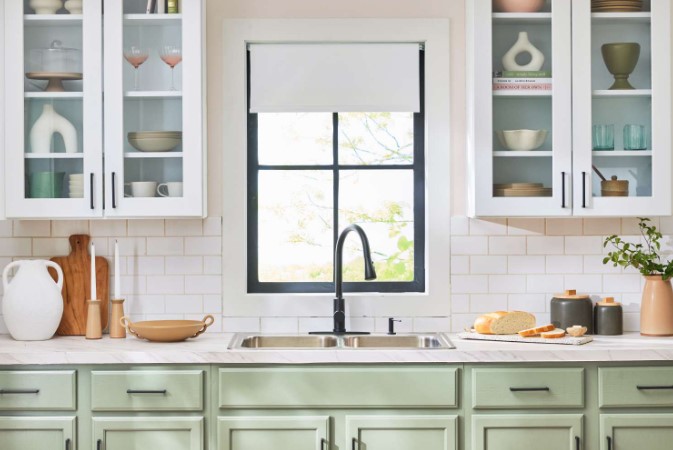

The kitchen is often considered the heart of the home, and its design plays a crucial role in both functionality and aesthetics. Among the various components of kitchen design, cabinets stand out as essential elements that not only provide storage solutions but also significantly influence the overall look and feel of the space. In this comprehensive guide, we will explore everything you need to know about kitchen cabinet design, from factors to consider during the planning phase to the latest trends shaping modern kitchens.
Importance of Kitchen Cabinet Design
Kitchen cabinets serve as the backbone of any well-organized kitchen. Beyond their practical function of storing cookware, utensils, and pantry items, cabinets contribute to the overall ambiance of the space. A well-designed cabinet layout can maximize storage capacity, improve workflow efficiency, and elevate the visual appeal of the kitchen.
Factors to Consider
Space Availability
Before embarking on a kitchen cabinet design project, it’s essential to assess the available space carefully. Consider the dimensions of the kitchen, including floor area, ceiling height, and any architectural features that may impact cabinet placement.
Style Preferences
Your preferred design style should harmonize with the overall aesthetic of your home. Whether you lean towards traditional, contemporary, or transitional design, there are cabinet options available to suit every taste.
Budget Constraints
Establishing a realistic budget is crucial when planning your kitchen cabinet design. Determine how much you are willing to invest in materials, hardware, and installation to avoid overspending.
Types of Kitchen Cabinets
When selecting cabinets for your kitchen, you’ll encounter various options, each with its unique features and benefits.
Stock Cabinets
Stock cabinets are pre-made units available in standard sizes and configurations. While they offer limited customization options, they are a cost-effective choice for budget-conscious homeowners.
Custom Cabinets
Custom cabinets are tailor-made to fit your specific requirements and design preferences. Although they come at a higher price point, they offer unparalleled flexibility in terms of materials, finishes, and features.
Semi-custom Cabinets
Semi-custom cabinets strike a balance between stock and custom options. They allow for some degree of customization, such as selecting door styles and hardware, while still offering shorter lead times and competitive pricing.
Materials
The choice of materials significantly impacts the durability, aesthetics, and cost of your kitchen cabinets.
Wood
Wood remains a popular choice for kitchen cabinets due to its timeless appeal and versatility. Common wood species used in cabinet construction include oak, maple, cherry, and birch.
Laminate
Laminate cabinets offer a budget-friendly alternative to solid wood. With a wide range of colors and patterns available, laminate is an excellent choice for achieving a modern or contemporary look.
Metal
Metal cabinets, typically made of stainless steel or aluminum, are prized for their durability and sleek appearance. They are particularly well-suited for industrial or minimalist kitchen designs.
Layout and Configuration
The layout of your kitchen cabinets should align with your cooking habits and lifestyle preferences.
U-shaped Kitchen Cabinets
Ideal for maximizing storage and workspace, U-shaped kitchen cabinets surround the cook on three sides, creating a functional and efficient layout.
L-shaped Kitchen Cabinets
L-shaped cabinets utilize two adjacent walls, offering ample storage and counter space while promoting an open flow of movement within the kitchen.
Galley Kitchen Cabinets
In galley kitchens, cabinets are arranged in parallel lines along a central corridor, optimizing space efficiency in smaller or narrow kitchen layouts.
Storage Solutions
Effective organization is key to maximizing the functionality of your kitchen cabinets.
Drawer Inserts
Drawer inserts such as utensil dividers, spice racks, and cutlery trays help keep items neatly organized and easily accessible.
Pull-out Shelves
Pull-out shelves or baskets make it convenient to reach items stored at the back of deep cabinets, minimizing clutter and improving visibility.
Lazy Susans
Lazy Susans utilize corner cabinet space efficiently by rotating trays, allowing for easy access to items stored in the back corners.
Hardware and Accessories
The choice of hardware and accessories can significantly enhance the functionality and aesthetics of your kitchen cabinets.
Handles and Knobs
Handles and knobs come in a variety of styles, finishes, and sizes, allowing you to personalize the look of your cabinets while providing ergonomic functionality.
Hinges
Quality hinges are essential for smooth and silent operation of cabinet doors. Choose hinges that are durable, adjustable, and compatible with your chosen cabinet style.
Lighting Options
Under-cabinet lighting not only illuminates your workspace but also adds ambiance to your kitchen. Consider LED strip lights or puck lights for a modern and energy-efficient lighting solution.
Trends in Kitchen Cabinet Design
Stay up-to-date with the latest trends shaping the world of kitchen cabinet design.
Minimalistic Designs
Sleek and streamlined cabinets with clean lines and hidden hardware are gaining popularity for their contemporary appeal and clutter-free aesthetic.
Open Shelving
Open shelving offers a visually striking alternative to traditional cabinets, allowing you to showcase decorative items and create an airy, spacious feel in the kitchen.
Two-toned Cabinets
Two-toned kitchen cabinets, featuring contrasting colors or finishes on upper and lower cabinets, add visual interest and dimension to the space.
Maintenance and Care
Proper maintenance is essential for preserving the beauty and functionality of your kitchen cabinets.
Cleaning Tips
Regularly wipe down cabinet surfaces with a soft cloth and mild detergent to remove dust, grease, and food residues. Avoid using abrasive cleaners or scouring pads that may scratch the finish.
Preventive Maintenance
Inspect cabinet hinges, drawer slides, and hardware periodically for signs of wear or damage. Tighten loose screws and lubricate moving parts to ensure smooth operation.
Cost Considerations
While kitchen cabinet design is an investment, it can offer significant long-term value and enjoyment.
Initial Investment
Consider the upfront cost of materials, labor, and installation when budgeting for your kitchen cabinet project.
Long-term Savings
Quality cabinets made from durable materials may require less frequent replacement or repairs, ultimately saving you money in the long run.
Environmental Impact
Make eco-conscious choices when selecting materials and products for your kitchen cabinets.
Sustainable Materials
Opt for cabinets made from responsibly sourced wood or eco-friendly materials such as bamboo or recycled composite materials.
Energy-efficient Options
Choose energy-efficient lighting and appliances to reduce your kitchen’s environmental footprint and lower utility bills.
DIY vs Professional Installation
Decide whether to tackle the installation yourself or hire a professional contractor.
Pros and Cons
DIY installation can save money but requires time, effort, and expertise. Professional installation ensures proper fit and finish but comes at an additional cost.
Safety Considerations
If you choose to install cabinets yourself, follow manufacturer instructions carefully and use appropriate safety gear to prevent accidents or injuries.
Case Studies
Explore real-life examples of kitchen cabinet design transformations and hear from satisfied homeowners.
Before and After Transformations
View dramatic before-and-after photos showcasing the impact of upgraded cabinets on the overall look and functionality of the kitchen.
Customer Testimonials
Read testimonials from homeowners who have recently completed kitchen cabinet projects, sharing their experiences and satisfaction with the results.
Conclusion
Investing in well-designed kitchen cabinets is a decision that pays dividends in both functionality and aesthetics. By carefully considering factors such as space, style, materials, and layout, you can create a kitchen that not only meets your practical needs but also reflects your personal taste and lifestyle.
